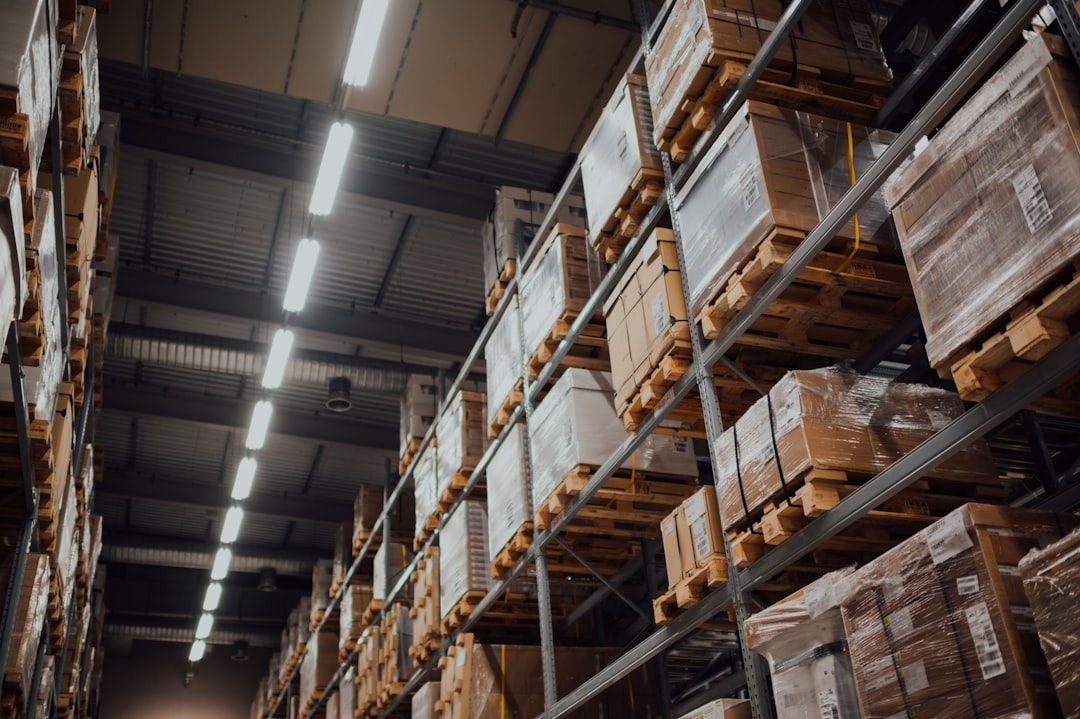Protecting buildings from water damage is a critical part of construction and maintenance, especially in areas exposed to moisture like rooftops, basements, and balconies. One of the most effective solutions in modern waterproofing is the liquid waterproofing membrane, a flexible and seamless barrier applied directly to surfaces to prevent water infiltration.
This type of membrane is gaining popularity due to its versatility and ease of application. Unlike traditional sheet membranes, liquid options can conform to irregular surfaces and penetrate hard-to-reach areas, creating a continuous protective layer. Once cured, they form a durable, elastic coating that resists water, chemicals, and UV rays, making them suitable for both indoor and outdoor applications.
Often chosen for their quick installation and minimal maintenance, liquid membranes are especially useful in retrofitting projects where traditional waterproofing methods might be too invasive or impractical. A primary benefit of using a liquid waterproofing membrane is its ability to bond well with a variety of substrates, including concrete, metal, and wood. This versatility makes it a go-to solution for contractors and property managers dealing with aging infrastructure or challenging environments.
In addition to structural protection, these membranes also contribute to energy efficiency by reducing moisture buildup, which can affect insulation performance. Their application can also help prevent mold growth and deterioration of materials, extending the lifespan of buildings and lowering long-term repair costs. The seamless nature of the coating minimizes weak points, reducing the likelihood of leaks or water ingress.
Proper surface preparation is essential before applying a liquid membrane to ensure optimal adhesion and performance. Surfaces should be clean, dry, and free of any contaminants. Once applied, the material typically requires a curing period, during which it solidifies into a tough, water-resistant coating. Some systems can even be reinforced with fabric layers for added strength in high-stress areas.
As environmental regulations and sustainability goals become more stringent, many liquid membrane products are now formulated to be low in volatile organic compounds (VOCs) and safe for use in occupied spaces. These advancements make them a more environmentally conscious choice without compromising on performance.
For those interested in exploring more about waterproofing solutions and how they can be integrated into building projects, the information available on this waterproofing technology resource offers valuable insights into product options and application techniques.
Whether used in new construction or renovation projects, liquid waterproofing membranes provide a reliable and efficient way to safeguard structures from the damaging effects of water. With the right preparation and application, they offer long-lasting protection and peace of mind for property owners and builders alike.






